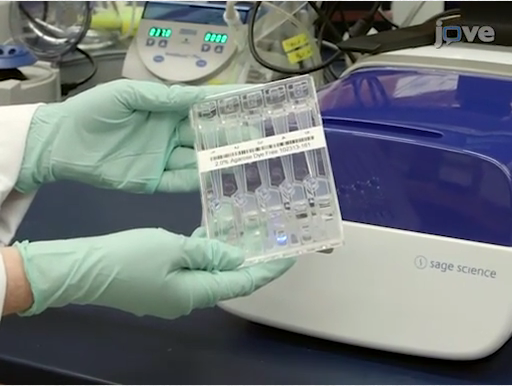 We always love a great protocol video, and this one from scientists at Weill Cornell Medical College, published through the Journal of Visualized Experiments, is a keeper. Check it out here: “Enhanced Reduced Representation Bisulfite Sequencing for Assessment of DNA Methylation at Base Pair Resolution.”
We always love a great protocol video, and this one from scientists at Weill Cornell Medical College, published through the Journal of Visualized Experiments, is a keeper. Check it out here: “Enhanced Reduced Representation Bisulfite Sequencing for Assessment of DNA Methylation at Base Pair Resolution.”
The protocol, which can also be viewed the old-fashioned way here, is an NGS-based approach to map DNA methylation patterns across the genome and was developed as an alternative to microarrays. The Cornell scientists and their collaborator at the University of Michigan present a step-by-step recipe for using a restriction enzyme in combination with bisulfite conversion to achieve base-pair resolution of methylation data. The entire method spans four days.
“Reduced representation of whole genome bisulfite sequencing was developed to detect quantitative base pair resolution cytosine methylation patterns at GC-rich genomic loci,” the scientists report. The data generated “can be easily integrated with a variety of genome-wide platforms.”
In the protocol, the scientists call for automated DNA size selection with Pippin Prep, assuming there’s enough input material to make it possible (25 ng or more). You can watch the process (just past the 4 minute mark in the video) or read about it in section 5.1 of the paper.





